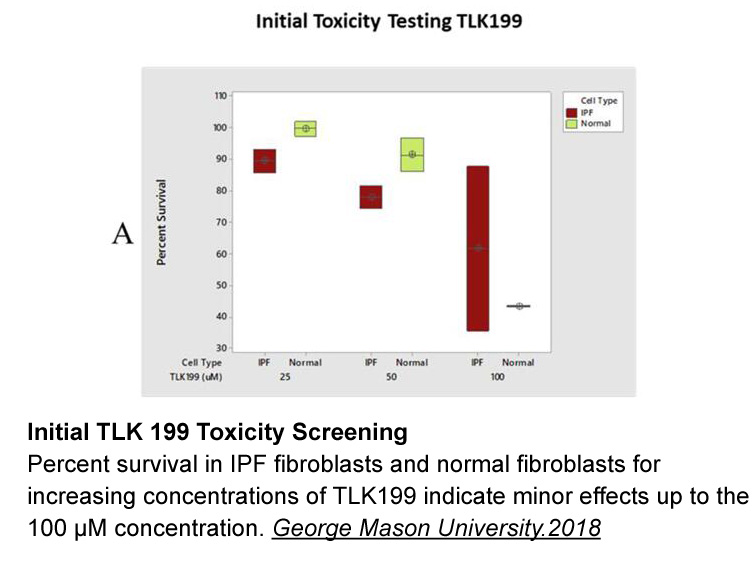Archives
Axl has been reported to
Axl has been reported to mediate cell-cell adhesion and sphere-growth [11], [18] and to be important for metastasis to secondary organs [12], [14], [20]. We found an Axl-dependent CCRCC-ability of sphere-formation and repopulation after non-adhesive growth. Axl-inhibited cells could not attach to each other or to solid support, however they quiescently survived as single cells during non-adhesive growth and did not proliferate. Gas6+Sunitinib further enhanced CCRCC sphere-formation. A recent thorough report by Qu et al. has nicely indicated similar results although elevated SUNITIB concentrations were used [47]. Importantly, we found that repopulation, survival and growth rate was not inhibite d by prior non-adhesive growth of Gas6+Sunitinib CCRCC cells, indicating that metastasizing CCRCC tumor cells originating from a Sunitinib-treated TME survive in circulation or in lymph and have ability to attach to ECM at the metastatic location and repopulate that organ. Very exciting in a therapeutic point of view is that CCRCC cells from a primary tumor niche encountering Axl inhibition are potentially devoid of their ability to metastasize at all.
Interestingly, Gas6+Sunitinib-induced CCRCC sphere-formation was equally abolished by OPN-inhibiting PKI-402 as by the Axl inhibitor R428, suggesting Axl-adhesive effect to be dependent on functional OPN protein. Since Gas6+Sunitinib cells display enhanced OPN secretion and since OPN is coupled to cellular adhesion we were interested to find out if Axl-mediated effects on migration and sphere-formation were related to OPN function. OPN coating enhanced migration similar to Gas6+Sunitinib treatment but introducing OPN to sphere-formation-culture did not have any additive effect. However, OPN-inhibitory antibodies abolished both Gas6+Sunitinib migration and sphere-formation comparable to Axl-inhibition. OPN contains conserved integrin binding sequences that facilitate migration and can be blocked by OPN-inhibiting antibodies clarifying the OPN-effect on migration [31]. Interpretation of sphere-formation-results in relation to OPN and OPN-inhibitory antibodies is not straightforward, but since OPN is identified with many different post-translational modifications [31], one possible explanation is that CCRCC-produced OPN, but not recombinant OPN, harbors necessary protein-modifications needed for cell-cell adhesion.
OPN is also cleaved by many proteases generating cleavage-specific fragments believed to enhance activity of full-length OPN, for instance MMP7-generated fragments is associated with increased invasiveness of cancer cells [32]. Interestingly, we found Gas6+Sunitinib-associated enhancement of MMP7 production and secretion and increased OPN-fragmentation. Whether this contributes to enhanced Gas6+Sunitinib OPN-associated migration and sphere-formation needs to be assayed further.
d by prior non-adhesive growth of Gas6+Sunitinib CCRCC cells, indicating that metastasizing CCRCC tumor cells originating from a Sunitinib-treated TME survive in circulation or in lymph and have ability to attach to ECM at the metastatic location and repopulate that organ. Very exciting in a therapeutic point of view is that CCRCC cells from a primary tumor niche encountering Axl inhibition are potentially devoid of their ability to metastasize at all.
Interestingly, Gas6+Sunitinib-induced CCRCC sphere-formation was equally abolished by OPN-inhibiting PKI-402 as by the Axl inhibitor R428, suggesting Axl-adhesive effect to be dependent on functional OPN protein. Since Gas6+Sunitinib cells display enhanced OPN secretion and since OPN is coupled to cellular adhesion we were interested to find out if Axl-mediated effects on migration and sphere-formation were related to OPN function. OPN coating enhanced migration similar to Gas6+Sunitinib treatment but introducing OPN to sphere-formation-culture did not have any additive effect. However, OPN-inhibitory antibodies abolished both Gas6+Sunitinib migration and sphere-formation comparable to Axl-inhibition. OPN contains conserved integrin binding sequences that facilitate migration and can be blocked by OPN-inhibiting antibodies clarifying the OPN-effect on migration [31]. Interpretation of sphere-formation-results in relation to OPN and OPN-inhibitory antibodies is not straightforward, but since OPN is identified with many different post-translational modifications [31], one possible explanation is that CCRCC-produced OPN, but not recombinant OPN, harbors necessary protein-modifications needed for cell-cell adhesion.
OPN is also cleaved by many proteases generating cleavage-specific fragments believed to enhance activity of full-length OPN, for instance MMP7-generated fragments is associated with increased invasiveness of cancer cells [32]. Interestingly, we found Gas6+Sunitinib-associated enhancement of MMP7 production and secretion and increased OPN-fragmentation. Whether this contributes to enhanced Gas6+Sunitinib OPN-associated migration and sphere-formation needs to be assayed further.
Conclusions
Conflict of interest
Grant support
Acknowledgment
The authors thank Ms. Josefine Nilsson, BSc for valuable laboratory assistance with migration experiments. This work was supported by the Swedish Cancer Foundation (110566), Swedish Research Council grant (07143), University Hospital Malmö Cancer Research Foundation (BD20151208) and The Crafoord Foundation (20140737).
The receptor tyrosine kinase Axl has been implicated in a number of oncogenic processes that are potential areas for anti-cancer therapy. Axl, initially identified as a transforming gene expressed in cells of patients with chronic myelogenous leukemia (CML),, was later demonstrated to confer resistance to chemotherapies when overexpressed in gastrointestinal stromal tumor and breast cancer cells. Moreover, overexpression of Axl has been observed in a variety of human tumors including prostate, breast, pancreatic, kidney and glioblastoma where it generally correlates with poor overall prognosis., , , , Axl is a member of the TAM subfamily of receptor tyrosine kinases (RTK) which includes yro3, xl and er. Gas6, originally isolated as a rowth rrest-pecific gene 6, is a ligand for the TAM family with the highest affinity for Axl. TAM family signaling has been implicated in cell survival, proliferation, migration and adhesion., , ,